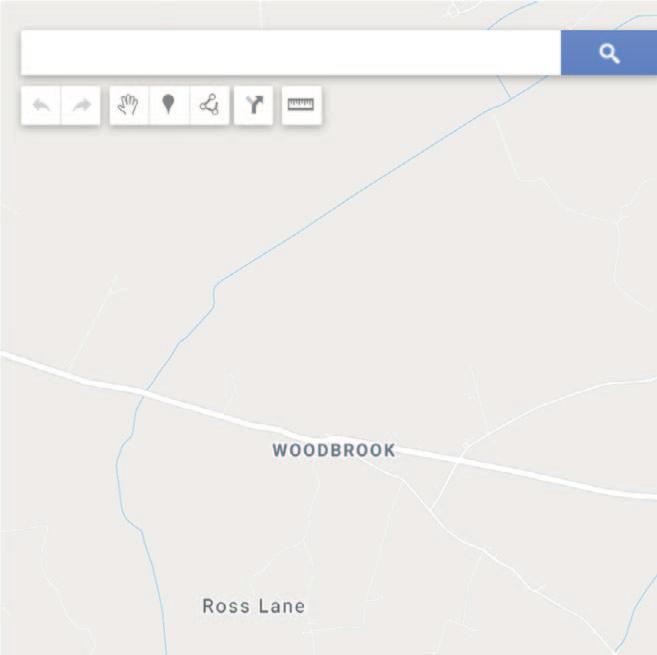AIRBNB AND GENTRIFICATION PHD RESEARCH CARRIED OUT IN TU DUBLIN LOOKS AT THE IMPACT OF AIRBNB RENTALS IN DUBLIN AND COMES TO SOME WORRYING CONCLUSIONS.
C
ollaborative consumption of the urban arena
Facts and figures
through sharing economy platforms, such as
Since 2016, the number of Airbnbs in
Airbnb, is a growing concern for urban
Dublin has grown by over 250%. As of
Commercial listings create a potential monthly revenue (PMR) of €16,269,862, or 67% of total PMR, despite ownership by
planners. In the past decade, Airbnb has become a norm
June 2019, there are 9,220 available,
only 35% of hosts. Dublin’s highest-earning
within the hospitality sector, but it has recently become
including entire home/apartment (EHA),
commercial hosts own a large proportion of
infamous for its negative impacts. At the forefront of this is the
private room (PR), and shared room (SR)
Dublin’s listings and earn a majority of the
removal of homes from traditional housing markets and the
listings. Growth in EHAs is highest, with a
revenue. Top earners have not only more
acceleration of rising rent prices, fuelling gentrification.
298% increase, now making up 51% of all
listings, but also a higher nightly price,
listings. It becomes clear that EHAs hold a
which increases revenue. The top 10 hosts
Gentrification
dominant position in Dublin’s Airbnb
all operate multiple EHAs, with annual
Gentrification research stems from work by the sociologist Ruth
market. Looking at such listings alone,
revenue for each of these hosts in the
Glass, which describes increases in house pricing perpetuated
density is concentrated in similar regions
millions of Euro. This uneven distribution
by the influx of middle-class ‘gentry’ into lower-class areas.
to that exhibited by all listings, wherein the
highlights Airbnb’s inequality. It remains
Since its conception in 1964, the term has developed to
city centre dominates, with a concentration
unclear to what extent regulations have
encompass displacement of local populations by large-scale
seen in the north inner city (Figure 1).
been overlooked by these hosts, although it
urban change, such as that caused by modern neoliberalisation
Of the 9,220 Dublin listings, 50.25% can be
is clear that the intended use of the
and
represents
deemed to be purely commercial. These
platform has been ignored.
commercialisation of residential areas, placing economic
are listings that overlook the home-sharing
pressure on neighbourhoods, and leading to price increases
purpose of Airbnb and use the platform as
Impact on residential rental sector
locally and on a wider scale. Many landlords in cities such as
a source of commercial income. A host may
Considering full-time listing counts, which
Dublin are turning to Airbnb to commercialise their
be deemed commercial if they meet any
cover listing ownership and annual
properties, removing them from the residential
one of the following conditions:
availability, an estimated 409-940 rental
housing
commercialisation.
Airbnb
rental market with the aim of creating ghost
units have been removed from Dublin’s
hotels, and taking advantage of the tourism
n ownership of more than one EHA;
residential rental market. Considering
industry.
n ownership of one EHA that is available
listing occupancies for these units, a
for over 90 days per year;
FEATURE
n ownership of more than two PR/SR
Antonia Blankenberg PhD student, TU Dublin
n ownership of a PR listing that is
18
SURVEYORS JOURNAL Volume 10, Issue 1, Spring 2020
listings; or, available for over 90 days per year.
minimum of 1,481 people have been displaced, rising to a possible 3,456 when considering high-end figures. The impacts of this are concentrated in the city centre, where tourism is















